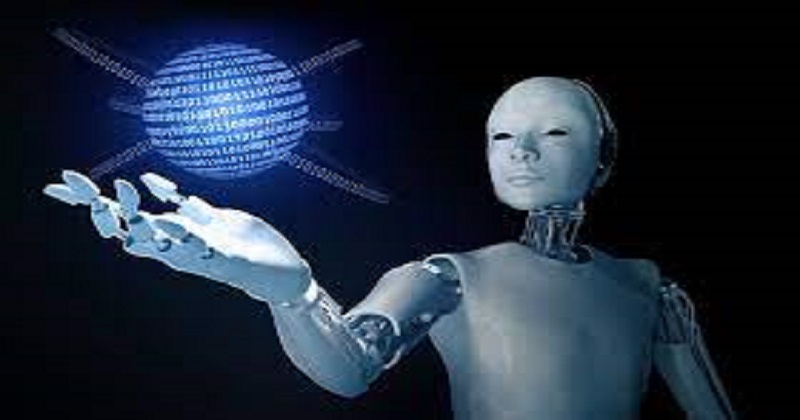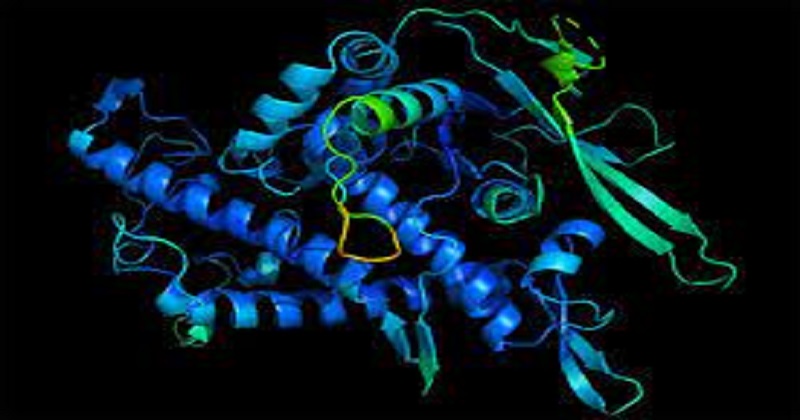
The evolution of human beings is a constant process, just as the development of the medical world around us, whose key lies in understanding genome structures. Over 20,000 proteins are encoded in the human genome, but less than one-third have been identified.
Artificial Intelligence (AI) has now predicted the structure of nearly all human proteins, which has baffled scientists for decades. Google’s DeepMind has gathered all the genomic instructions into one database and is making it all available online for researchers at no cost via AlphaFold, the AI developed by DeepMind. Due to their unique and confounding amino acid structures, proteins have been a challenge for scientists for decades.

Proteins
Building blocks of cellular structures, proteins play key roles in the body’s functioning. The US National Library of Medicine states that proteins do the majority of the work in cells, since they are necessary for a cell’s structure, function and regulation. They are made up of smaller structures called amino acids, which are linked together like chains and their sequence determines their unique 3D structures. Structure and support are provided by these proteins. Besides allowing the body to move, they also act as a transporter for signals and coordinate biological processes between different cells, tissues and organs.
Identifying protein structures
The first protein structure was determined in 1958, and since then they have helped scientists understand several properties, mechanisms, and functions of proteins in the body. In parallel to experimental methods that have been used to study these complex structures, computational methods have also been developed for predicting a protein’s structure based on its amino acid sequence.
‘This complementary approach is faster and easier, and it is expected to scale efficiently and keep up with the exponential growth in sequence data,’ DeepMind said in a statement. This accomplishment occurred as part of the 14th Community Wide Experiment on the Critical Assessment of Techniques for Protein Structure Prediction (CASP14). Researchers say the new development has the potential to revolutionize life sciences, which is expected to produce 130 million protein structures by the end of the year.

How does it matter?
By measuring the shape of proteins, researchers can gain an understanding of their workings and mechanisms, which has remained a mystery up to now, and it may prove to be AI’s biggest contribution to biology. With protein structures available, the discovery of new drugs to treat diseases could be advanced and the understanding of the building blocks of cells improved. Among the challenges facing humans are antibiotic resistance, microplastic pollution and climate change, according to DeepMind.
Apart from providing data about human protein structures, the company also made available proteomes of 20 other biologically significant organisms, totaling over 3,50,000 protein structures. ‘The AI team intends to expand coverage to almost every sequenced protein known to science – over 100 million structures covering most of the UniProt reference database. This is a veritable protein almanac of the world’, they said.
Read more: Modiji’s speeches stand as a great contribution to the history of India
AlphaFold predicted the structure of nearly all 20,000 proteins expressed by humans, which were later confirmed in an independent benchmark test in which researchers compared the computational structures with experimental ones. According to the system, the protein structure was predicted close to 95 percent accurately. The organization in 2020 made headlines around the world after determining a protein’s 3D shape from its amino-acid sequence. Google had outperformed 100 other teams in the challenge. ‘Scientists have been studying proteins for generations, from the pioneers of protein imaging and crystallography to the thousands of prediction specialists and structural biologists who have spent years experimenting with proteins since,’ the report said.

Post Your Comments